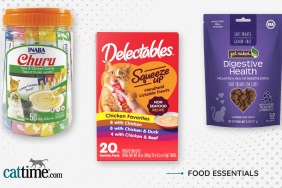The best way to protect your cat from ticks is to prevent ticks from being able to use your cat as a buffet. Talk to your vet about the many options for prevention that are available to you.
Many cat parents use prescription medications to prevent ticks, though there are natural options that can reduce the risks of tick bites for cats, too. Regardless of which method you choose, your cat needs protection from ticks. If your cat is an outdoor cat, this is especially important.
But let’s say you have found a tick on your cat. How exactly do you go about removing it?
Vets agree that it’s important to get the tick off ASAP, but there are certain procedures you should follow to protect yourself and your cat. Removing it too quickly could lead to further complications for both you and kitty.
Since May is Lyme Disease Awareness Month, it’s a good time to talk about preventing infestations from ticks that can carry Lyme disease.
Here’s how to go about removing a tick from your cat.
First, Find The Tick
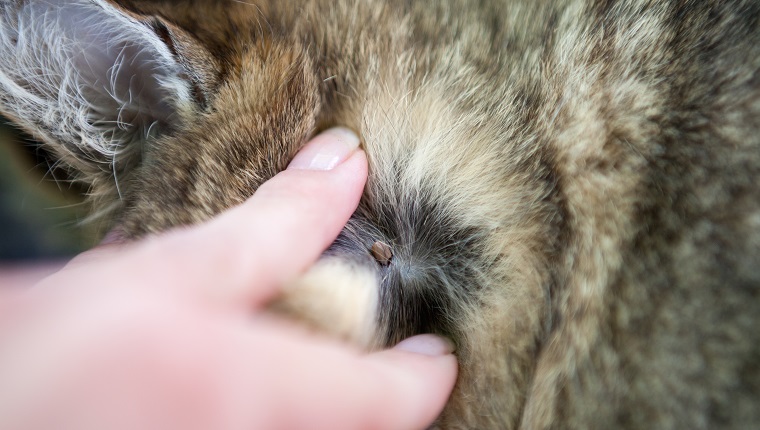
Ticks can have different appearances depending on how long they’ve been on your cat. They love to burrow under your cat’s armpits, between their ears, between their toes, and in other snug, warm places.
If a tick has been on your cat for a couple of hours to a couple of days, it may have a flat appearance.
Ticks that have been on for longer — and therefore have had longer to feed off of your cat’s blood — may appear rotund and full.
Prepare For Proper Disposal Of Tick Before You Remove It
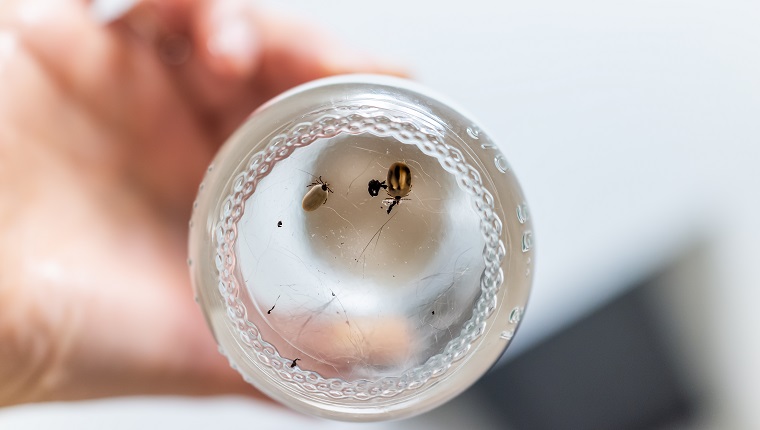
It may seem like a good idea to toss a removed tick in the garbage or down the toilet. But these arachnids are resilient little bugs, and they will get back out and back onto your cat.
Also, it may be a good idea to hold onto the tick for testing if your cat ends up showing any signs of illness.
The ASPCA suggests a small, screw-top jar containing some rubbing alcohol is the best storage for a tick you’ve removed. The alcohol will kill it and allow you to keep it for testing.
You may want to lay your cat on a towel for added safety.
Protect Yourself
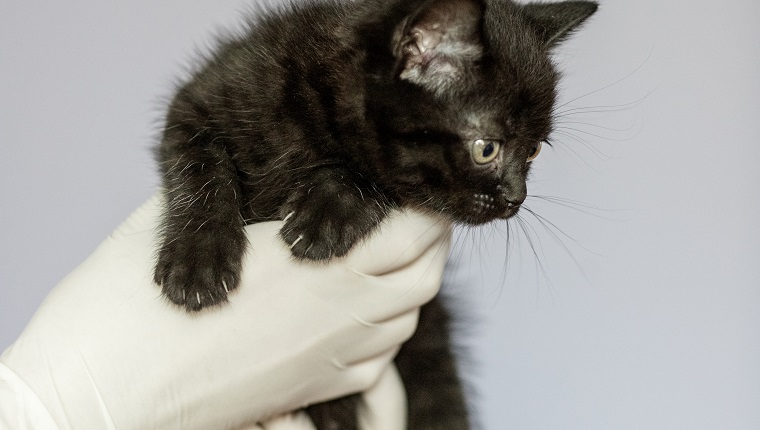
Ticks are dangerous, not only to your pet, but to you, too.
They carry myriad diseases, such as Lyme Disease, that can be transmitted to humans through breaks in your skin or even through your mucus membranes, like if you were to touch your eyes or nose after handling one.
Wear protective gloves both while inspecting the infected area and removing the tick.
What Not To Do
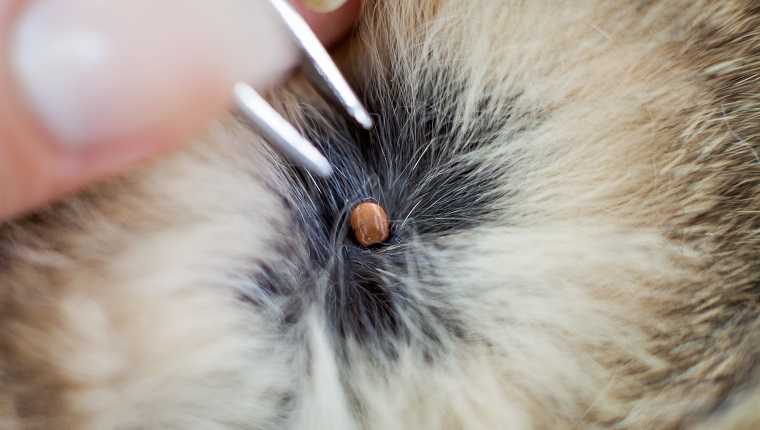
There are several key components to successfully removing a tick from your cat.
Ticks burrow their heads under the skin to feed. Do not twist or squeeze it as you remove it, as this may cause the mouth part to stay nestled in your cats skin.
It could also cause the engorged body to burst and spill its fluids on you and your cat, and those fluids may contain disease-carrying organisms.
Removing The Tick
Tweezers or tick removers are your best bet when removing a tick from your cat. Talk to your vet; they may have a remover tool for you.
Using gloved hands could be tricky and lead to busting open the tick, causing its bodily fluids to spill on your cat. Place the tweezers or tool as close to your cat’s body as possible so you can ensure that you get every part of the mouth off.
You’ll want to grab that little sucker right at the head where it’s touching your cat. Pull straight back away from your cat’s skin slowly until it detaches.
You shouldn’t need to twist, and doing so might break off the body from the head, which can stay attached to your cat.
After The Tick Is Removed
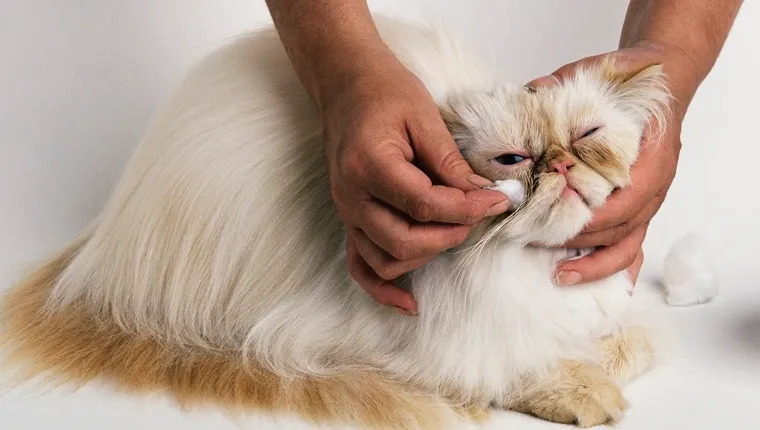
Sometimes, despite doing everything right, some of a tick’s mouth parts can stay stuck in your cat’s skin.
If the area does not appear inflamed or red, the best thing to do is to disinfect the area and carefully monitor it. A warm compress may help the tiny pieces come out, but trying to dig at them with tweezers will only irritate the area more.
Once you’ve disposed of the tick in a screw cap jar with alcohol, be sure to disinfect the skin area on your cat and wash your hands thoroughly. Disinfect the tweezers or tool with rubbing alcohol or hot, soapy water.
Dispose of your gloves and wash any towels your cat may have been lying on while you removed the tick.
Watch Your Cat Carefully
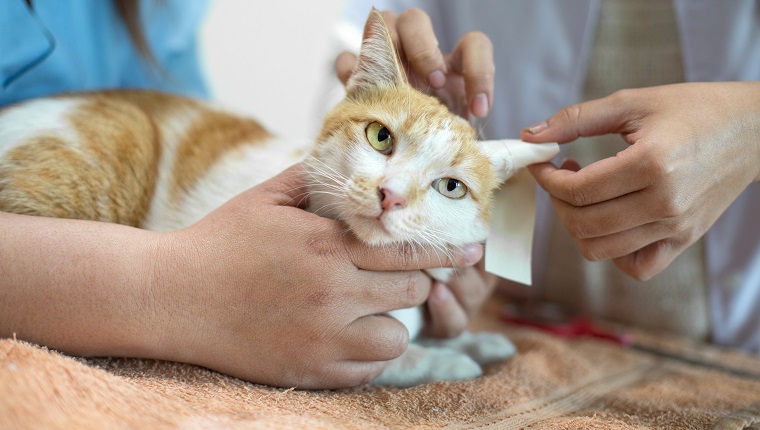
Over the next couple of weeks, be sure to keep a close eye on the bite area for any signs of irritation or infection.
If the area was already inflamed when you were removing the tick, be sure to bring your kitty to the vet ASAP along with the tick for evaluation.
You want to keep an eye out for those classic bullseye red rings that are indicative of Lyme Disease.
Have you ever removed a tick from your cat before? Do you have any tips? Let us know in the comments below!






